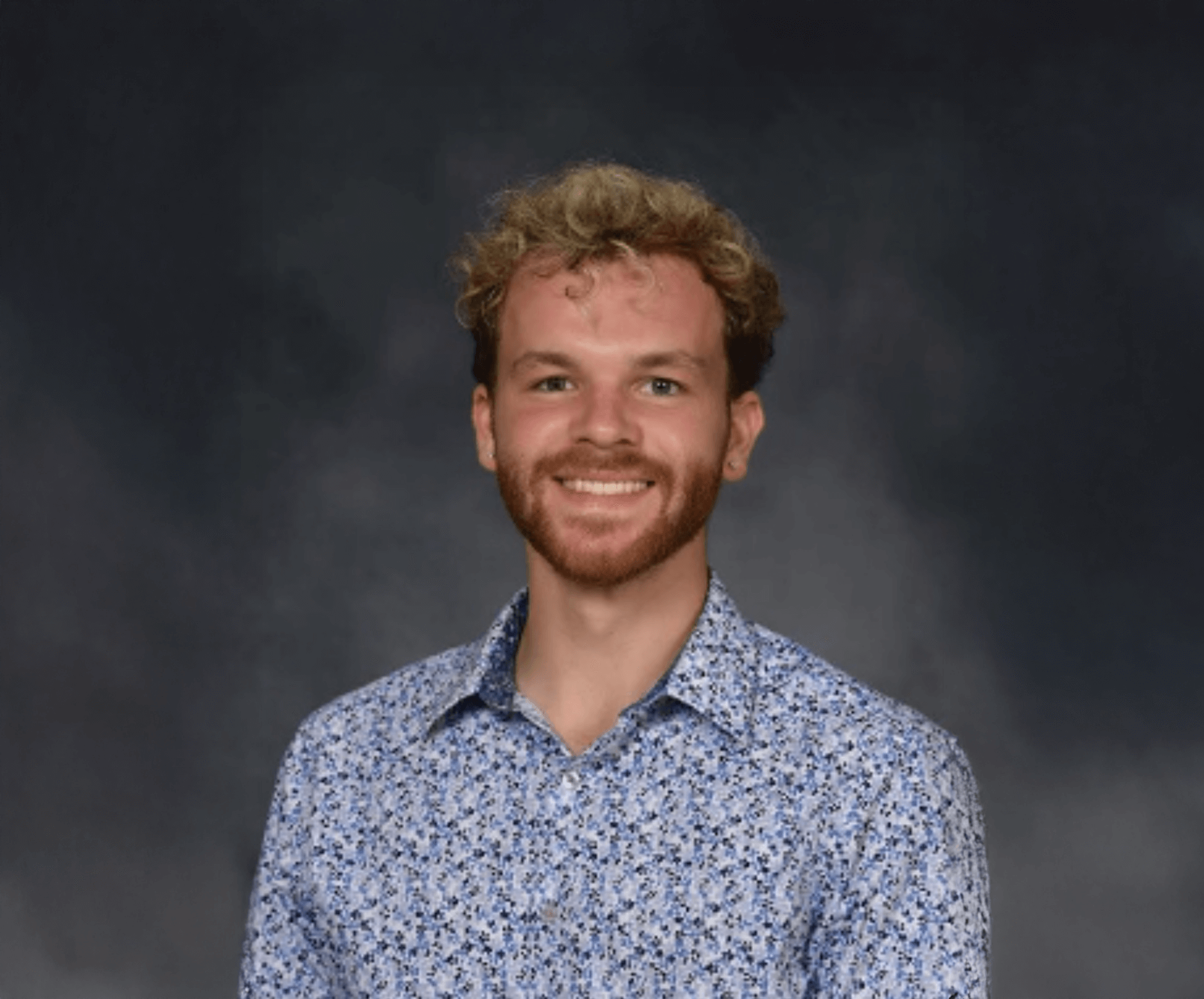Structure-activity relationships describe trends between chemical features and subsequent function. As the modeled activity becomes more complex, the relationships drawn often rely on more specific features, inhibiting the realization of general chemical intuition. Notably, trends in stereoselective catalysis constitute one such relationship where complex interactions hinder generality, often requiring large quantities of data and high-dimensional models. Construction of general relationships for complex phenomena like stereoselective catalysis would empower chemists to identify relevant materials more efficiently, rapidly, and successfully.
In this presentation, I will first discuss our discovery of a best-in-general representation for stereoselectivity by the structurally diverse sets of chiral catalysts, Brønsted acid organocatalysts. The best-in-general representation – active site-based buried volume – emerges as a uniquely robust feature across a series of simple, univariate linear regression models to stereoselectivities in over 25 reactions. Additional statistical analyses and experimental validations reframe traditional expectations of stereoselectivity by these catalysts into a more transferable paradigm that we denote as ideal confinement. I will then discuss our ongoing efforts to leverage ideal confinement as a powerful synthetic criterion for the discovery of new stereoselective solutions. Preliminary evidence will be shared showcasing how active learning-based platforms enable the algorithmic design of structurally unprecedented catalysts based on ideal confinement.
Broadly, the discovery of an exceptional molecular representation can greatly simplify previously complex phenomena. Paired with modern machine learning-based algorithms, a best-in-general representation may promise a transformation in our approach to chemical discovery.
Bio:
Andrew is a fourth graduate student working under F. Dean Toste. At the University of California, Berkeley, his research focuses on the application of data science tools in organocatalysis towards (1) the discovery of enabling relationships between chemical structure and function, and (2) the design of new catalytic paradigms based on these realizations. Prior to his short stint in the Bay Area, Andrew attended the University of Notre Dame where he not only realized his passion for organic chemistry, but also for college football! While he dreams his future signing bonus will be sufficient to cover the cost of the next College Football National Championship ticket, he also eagerly awaits a season where Notre Dame meets all expectations – especially at the quarterback position. Alas, all his waiting has at least proven beneficial to building his patience as he debugs workflows, synthesizes catalysts, purifies molecules, and all the finer things of a Ph.D. in a synthetic chemistry group.

Andrew Smith – Simple generalizations in stereoselective catalysis enable the algorithmic discovery of new enantioselective solutions
Tuesday, March 11, 2025
12:00 PM - 1:00 PM
12:00 PM - 1:00 PM
About this Seminar
Seminar Category

